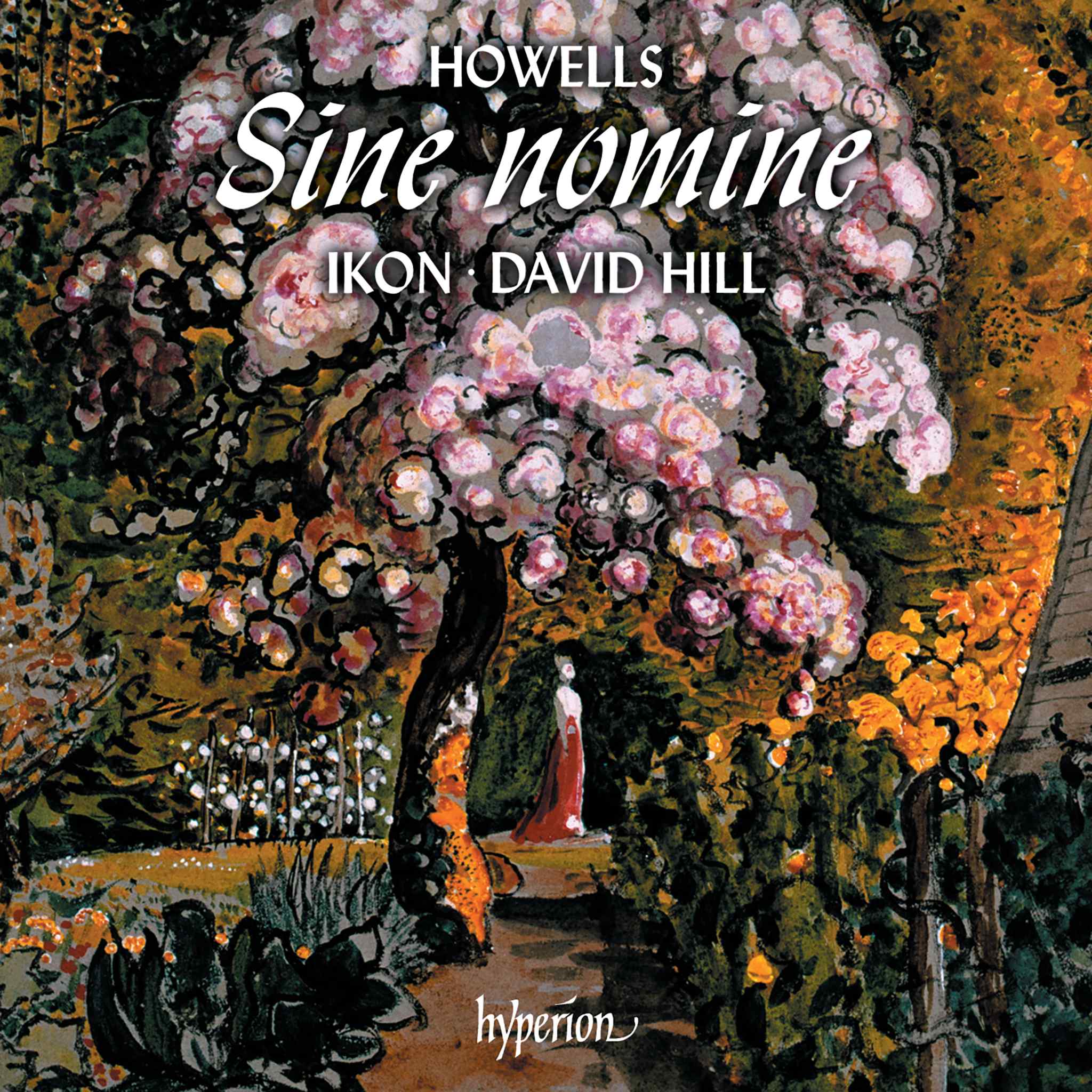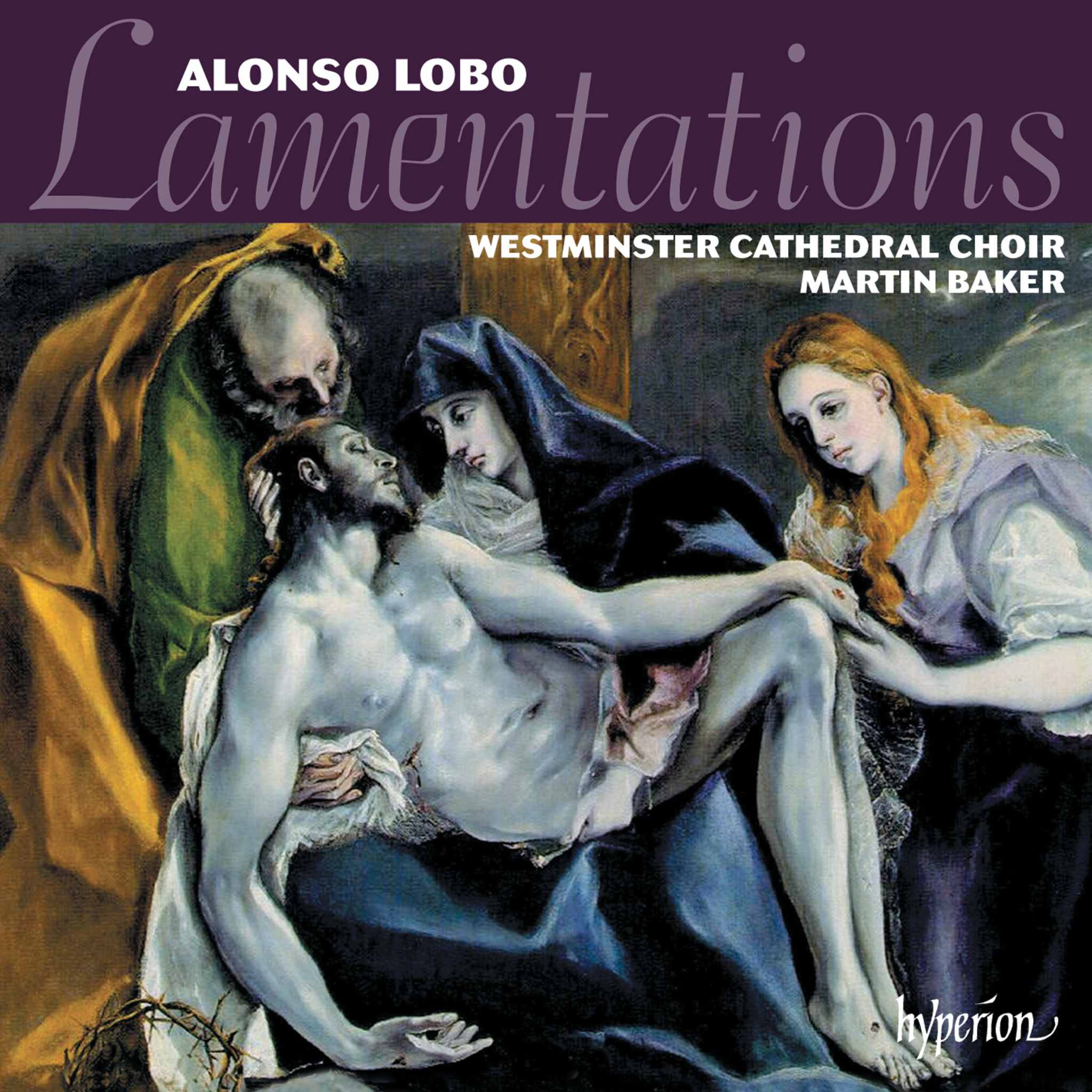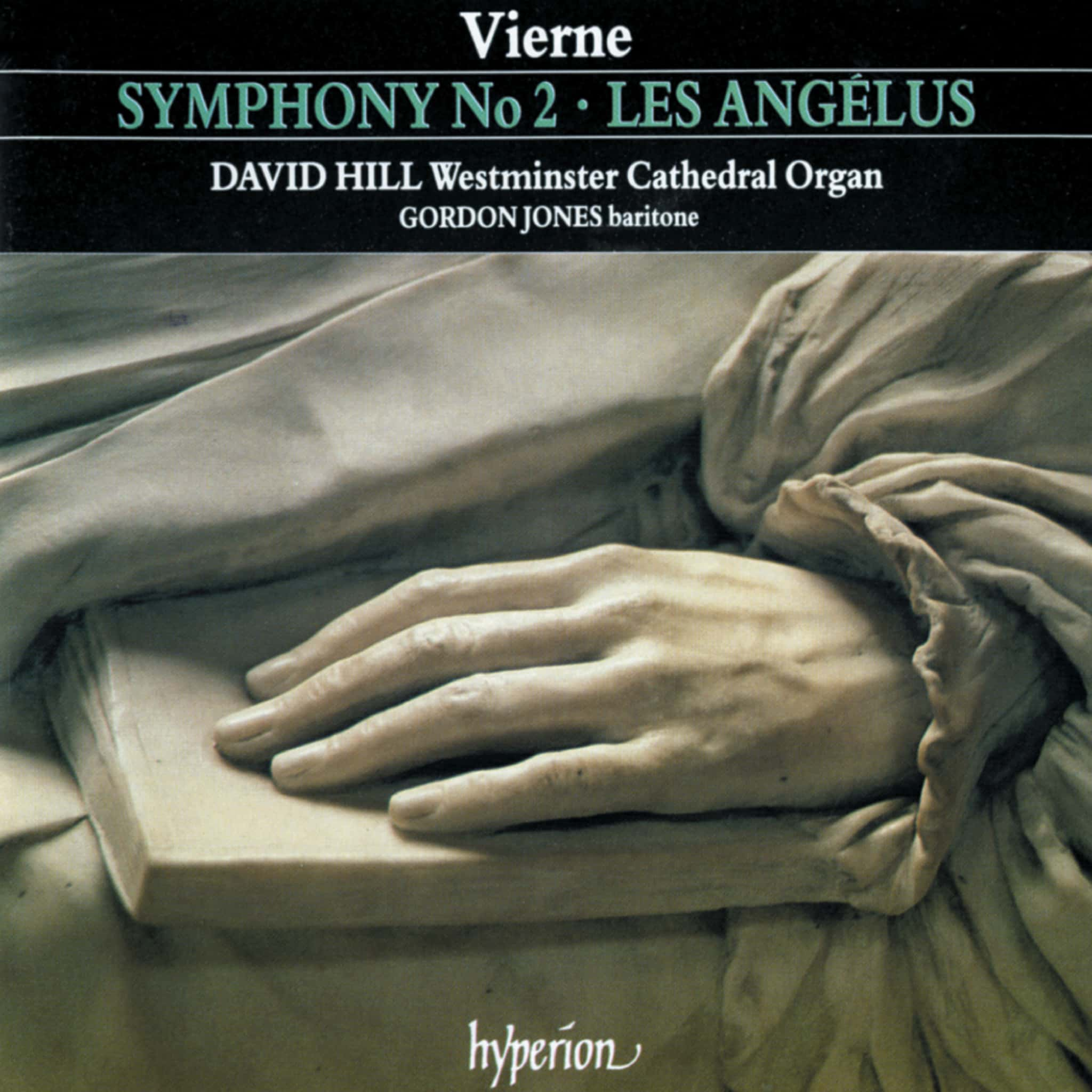Album insights
Russian chamber music of the 19th century is often considered secondary compared to opera, symphonies, and songs, as well as musical trends in Western and Central Europe. While nationalistic intentions were harder to pursue in this sphere, as it was associated with the aristocratic elegance of Haydn or Mozart, Beethoven's sublime philosophy, and the solid Germanic style of his followers, the Rubinstein brothers, Anton and Nikolai, embarked on a professionalization program for Russian music around 1859.
Their efforts extended to composition and performance, establishing concert series and conservatories in St. Petersburg and Moscow. Anton's energy was divided among composing, performing, conducting, teaching, and organizing. Among his works are numerous chamber music pieces, including two piano quintets, which were intended for publication and performance abroad. Many musicians of the next generations followed the direction he had indicated.
Around the time the Rubinstein brothers launched their project, Anton Arensky and Sergey Taneyev were born, destined to be remembered more for teaching than composing. They were both associated with the Moscow Conservatory; Tanev served as its director from 1885 to 1889. Both wrote influential music theory treatises—Arensky focused on harmony, while Tanev delved into counterpoint. Despite Rimsky-Korsakov being Arensky's mentor, he fell under Tchaikovsky's influence, contrary to his former teacher's expectations. Taneyev, on the other hand, was one of the few successful composers who received instruction from Tchaikovsky.
Tanev's reputation suffered due to the reflexive association with contrapuntal skill and expressive dryness. Nevertheless, his chamber music, mainly his nine string quartets, revealed warmth in lyrical movements, energy in fast-paced sections, and charm in scherzos, disproving notions of intellectual aloofness. Termed the "Russian Brahms," a title shared with Medtner, Tanev's piano quintet of 1911 stands as a significant Russian chamber work. Its intricate demands may explain its absence from standard repertoire.
Arensky's piano quintet of 1900, while less grand, possesses brilliant moments, especially in the piano. The flowing first movement suggests resiliently weathering storms. The variations in the second movement, based on a French wedding song, transition from turbulent to contemplative, showcasing Arensky's craftsmanship. The scherzo, lively and capricious, reflects a post-Mendelssohn style with playful elements. The finale, reminiscent of Bach, touches upon Arensky's expertise in fugues and harmony.
Both works, rich in history and musical ingenuity, deserve broader recognition, shedding light on overlooked gems in the Russian chamber music canon.










